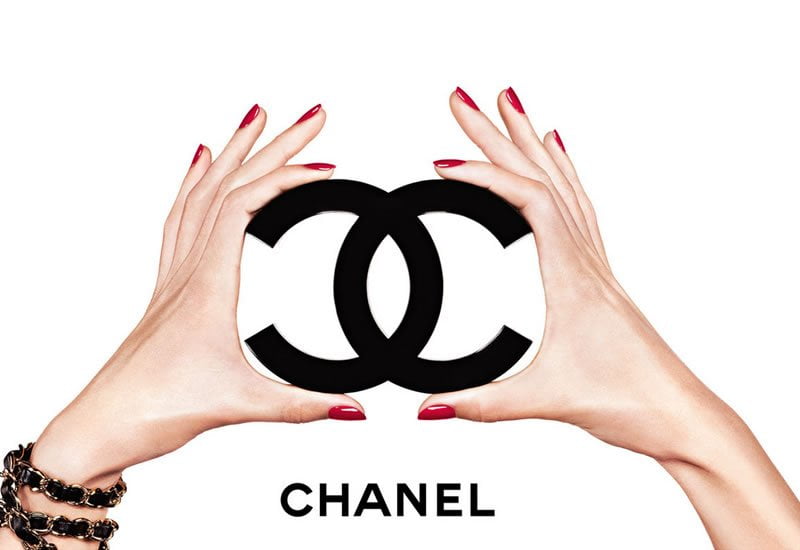
Photo courtesy: Pursuitist // Chanel
Do brand logos still have power?
Short answer: yes. But, as always, it’s a bit more complicated than that. Just think of Times Square in NYC and London’s Piccadilly Circus; once, they showcased logos, and now nary a luxury brand logo can be spotted, as billboards have moved toward digital content. Even so, luxury brand logos are still incredibly important—but their role is changing.
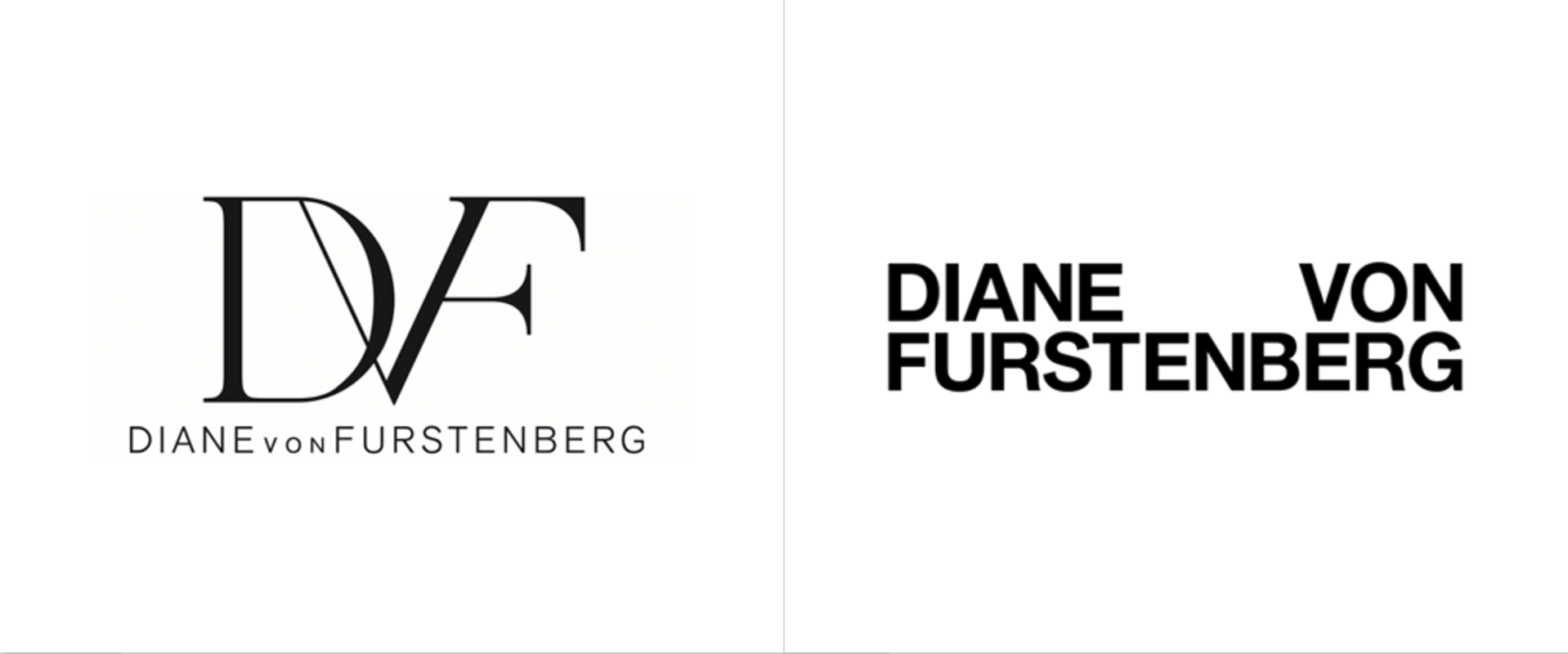
Diane von Furstenberg: Old vs. New Logo. Photo courtesy: Jonny Lu Studio
As the Business of Fashion reported last weekend, luxury houses still devote serious time and consideration to their logos. Calvin Klein, Diane von Furstenberg, and Proenza Schouler completely redesigned their logos just recently. Additionally, Louis Vuitton has been using a new monogram with a curved metal “LV,” and Dior has put a bolder typeface on their bags, resembling the brand’s Galliano era.
“Logos can easily become boring and dated,” says Fabien Baron, an art director who has worked for Prada, Balenciaga, Burberry and and Calvin Klein. “A lot of logos are very dated and need redesigning. They need to move and change, but you have to be careful with the way you do it; don’t change things just for the sake of change, but I believe it’s important to change when you need to change.”
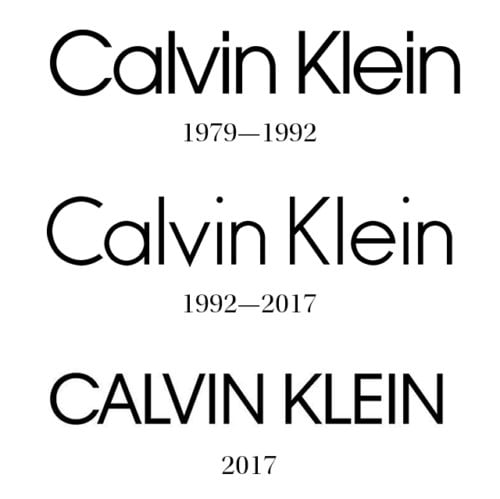
Photo courtesy: Business of Fashion // Calvin Klein
That said, it’s hard to deny the trend toward minimalism in the fashion industry. Celine’s anti-logo taste is representative of this, as well as Saint Laurent’s rebranding, which returns to simplicity and strays from the classic “YSL” monogram. This aversion to branding is embodied in the popularity of the “Anti-It Bag”: an undistinguishable designer bag with little discernible branding, such as Mansur Gavriel’s Bucket Bag and even the Hermès Kelly! (Read: Hermes Kelly: Anti ‘It Bag’ ?)
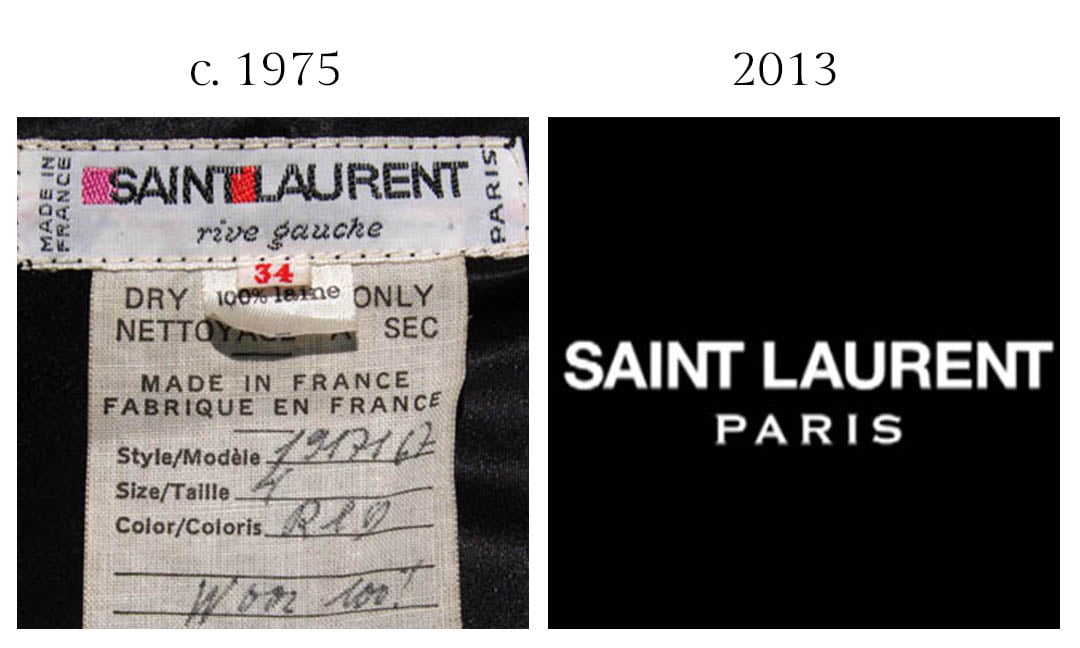
Photo courtesy: Part Nouveau
And yet logos remain as important as ever. Jonathan Saunders, chief creative officer of Diane von Furstenberg, believes that a logo redefines the ways in which brands communicate to consumers. “I guess also it’s connected with the culture of originality and the speed in which the high street is able to replicate certain pieces,” he says. “So therefore brands feel that it’s important to [use their logo to] celebrate their uniqueness and celebrate that it is their product.” But Saunders also emphasizes that logos must complement the craftsmanship—a brand’s goods should be recognizable, he believes, even without the logo.
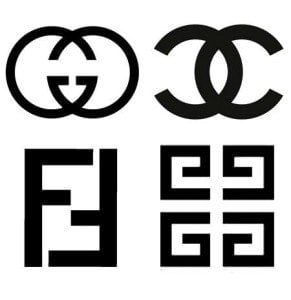
Photo courtesy: Cara Bendon
Furthermore, logos are still attractive to consumers! One reason, of course, is that they are status markers. A good example of the power of logos is the resale market for Chanel’s quilted handbags. At The Real Real, an online luxury consignment shop, the Chanel Classic Flap retains 30 percent more of its resale value than the 2.55 Reissue, which does not have the CC logo.
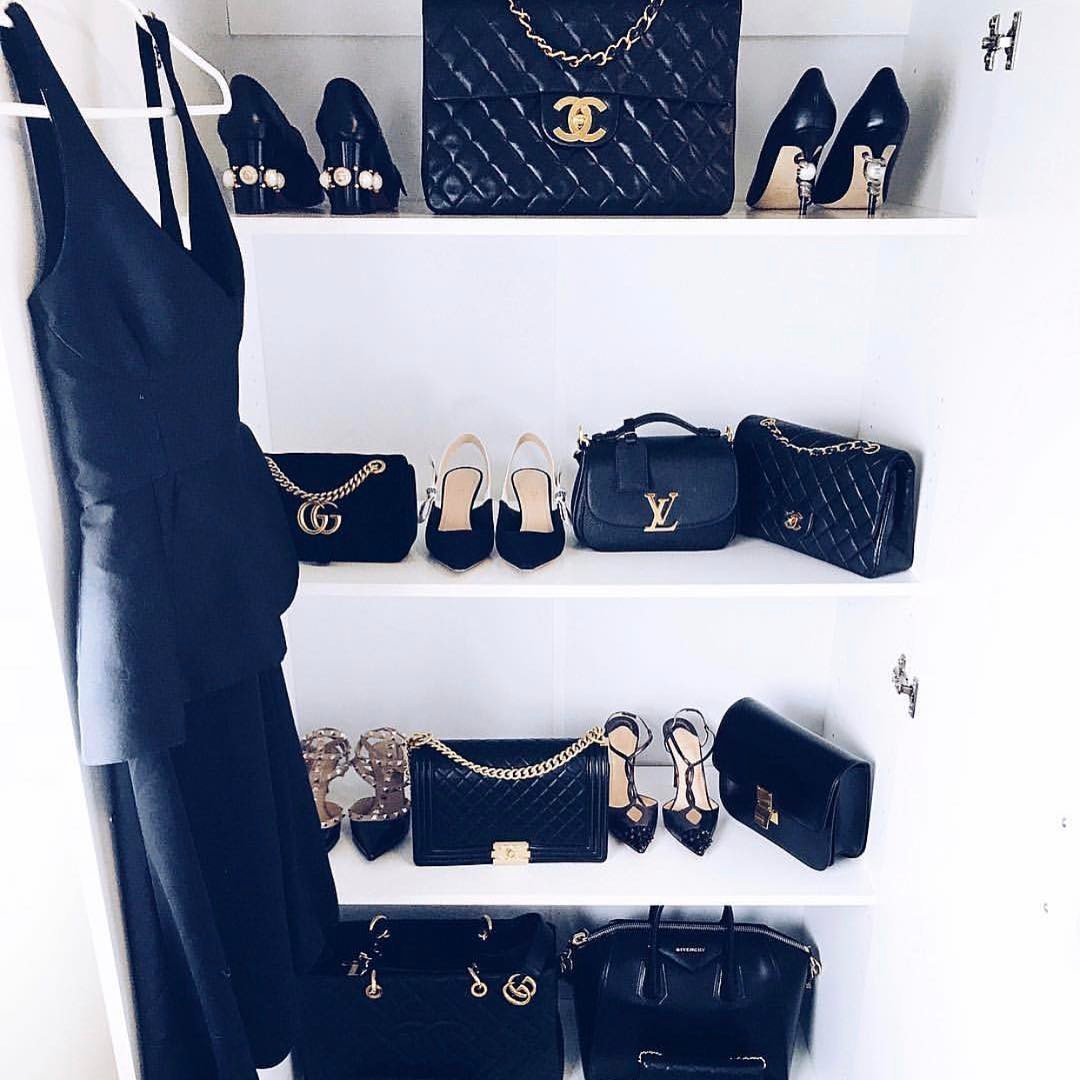
@madz_izon
In a sense, logos are even on-trend right now. As BoF puts it, they’re “at the forefront of a hyper-branded, irony-laden streetwear-driven aesthetic,” which is reminiscent of the ‘90s and ‘00s. (Just think LV’s recent collaboration with Supreme!) Ultimately, logos are a way for brands to connect with culture, and that’s not going to change—even when some consumers prefer the minimalist aesthetic. But in a fast-paced world, driven by the millennial market, brands are going to be forced to adapt. (Read: Luxury in the Age of Millennials) Logos might change, and branding might be more fluid, but they’re here to stay.
And let’s be honest, some of us just really appreciate logos. As Mandi Lennard, a London-based fashion publicist and logo enthusiast says, logos are “something solid to cling onto in an insecure world; they can feed nostalgia; offer a fantasy; [they] can even make you feel safe.”
What are your thoughts? Do you value logos, or do you find them tacky? Do you prefer the minimalist aesthetic or big branding? Are you surprised to learn that logos are, in a sense, “back”? Let us know in the comments!
Read related articles below:
Luxury in the Age of Millennials
Hermes Kelly: Anti ‘It Bag’ ?
Streetwear Louis Vuitton: LV x Supreme
Rise of the Logos??
Mansur Gavriel On the Rise
Love PurseBop
XO
Updated: August 6th, 2017



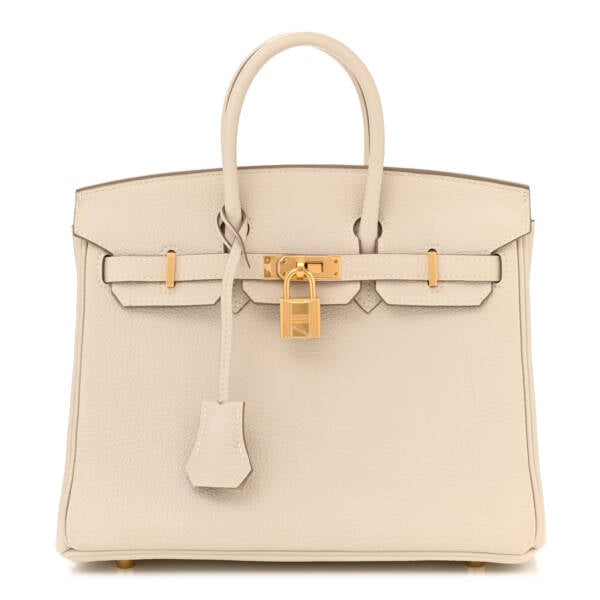
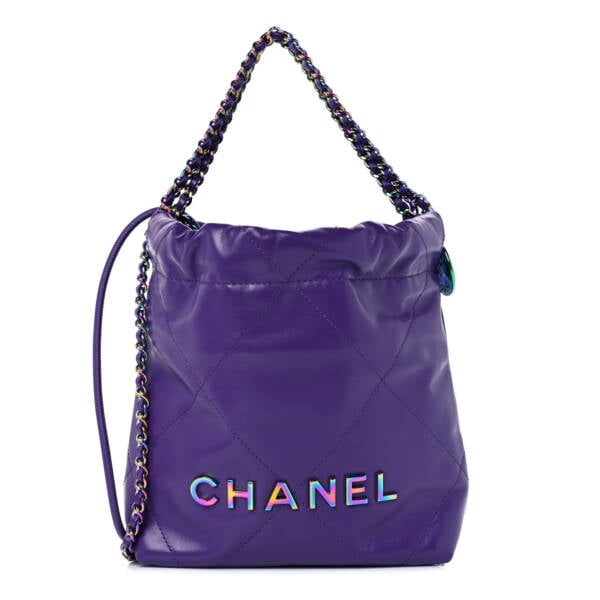
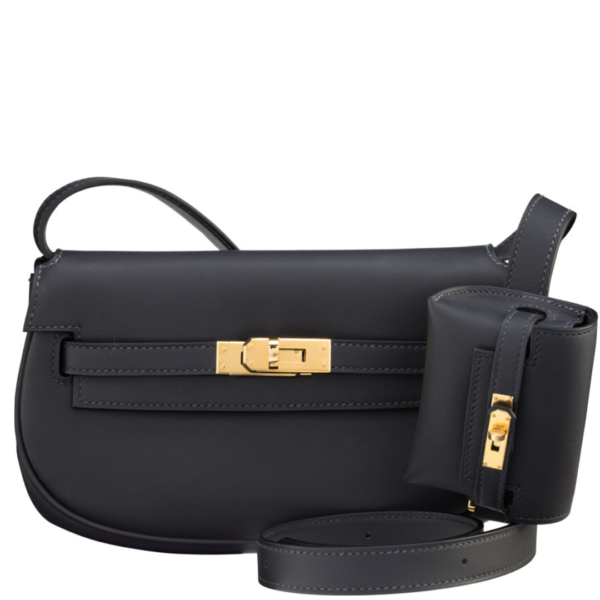
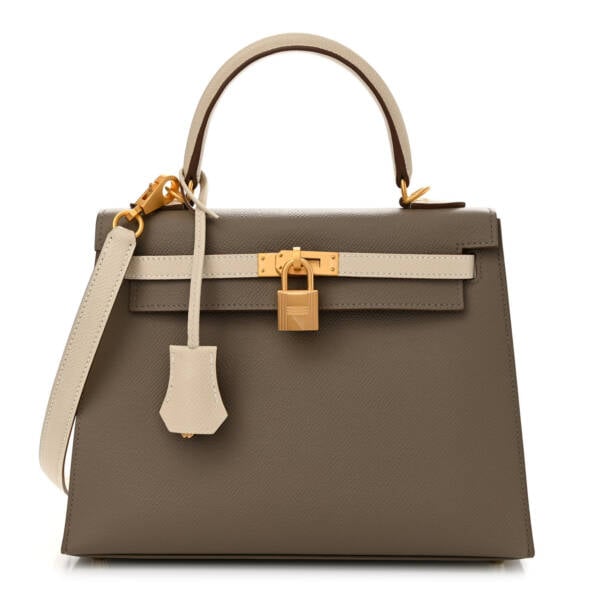
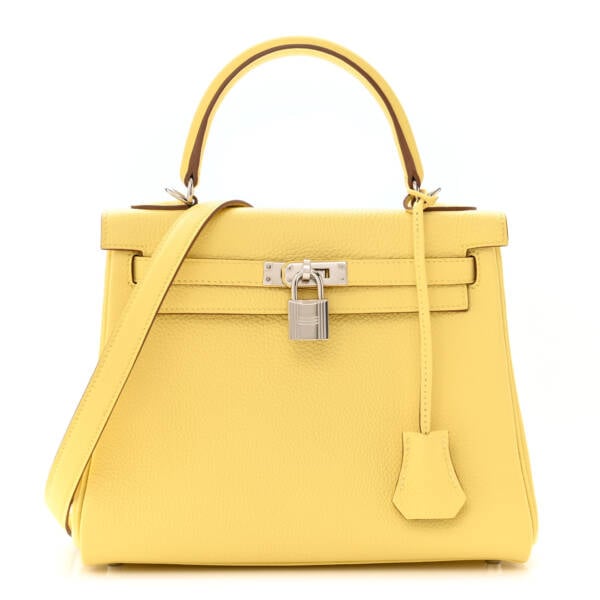
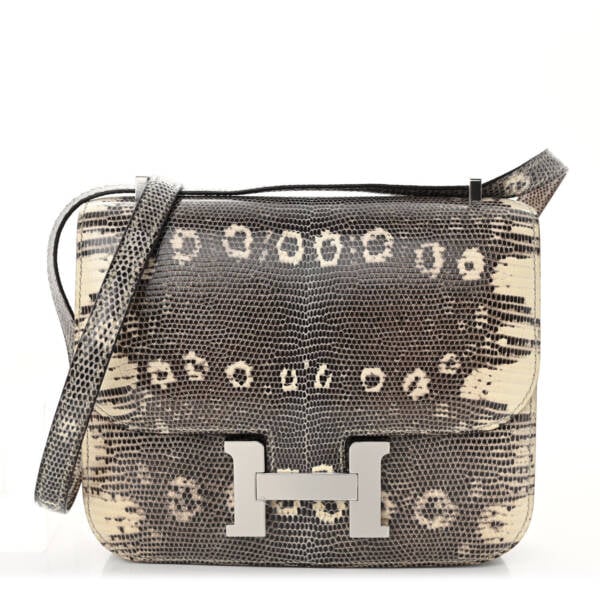
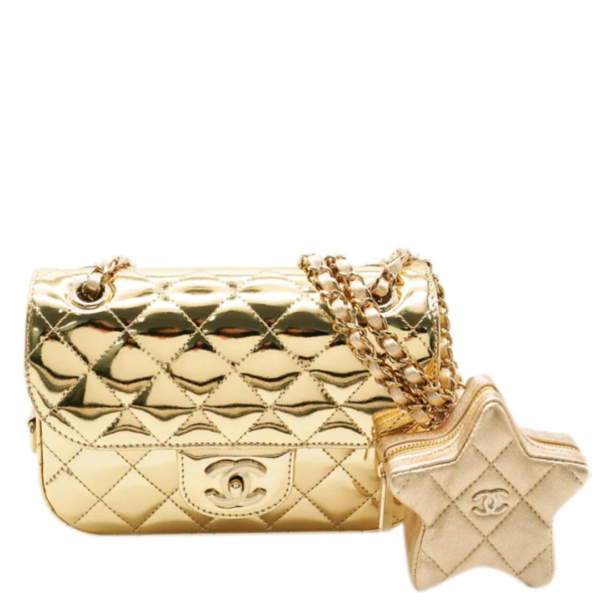
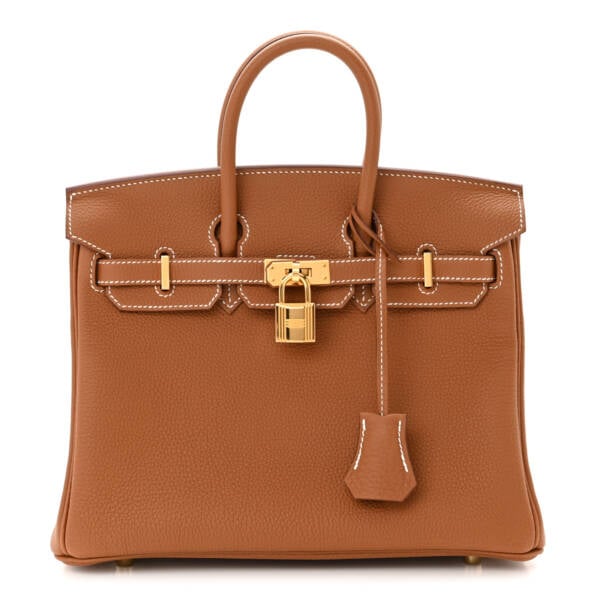
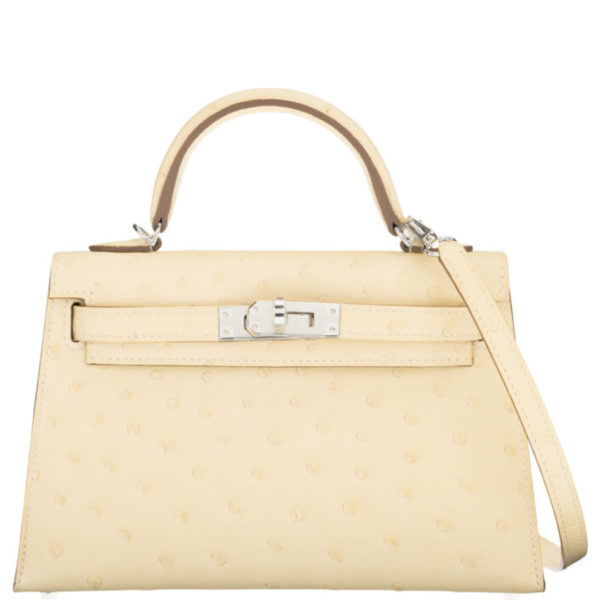
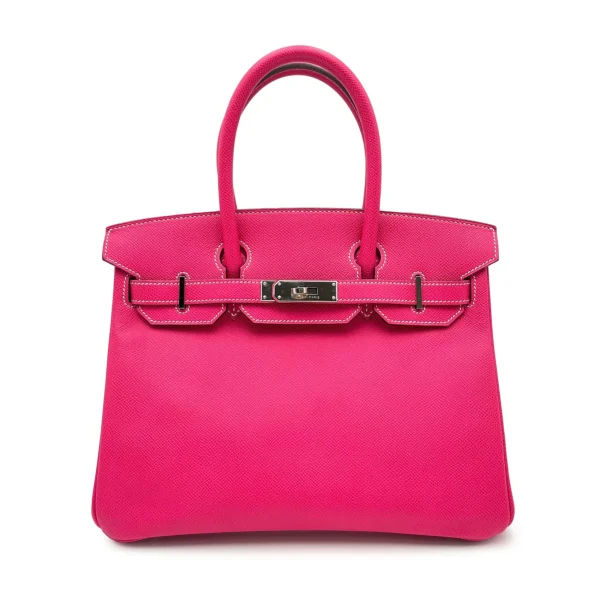

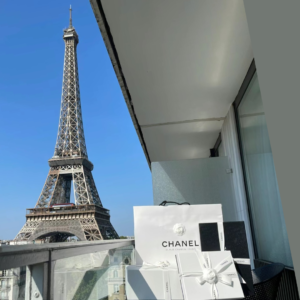

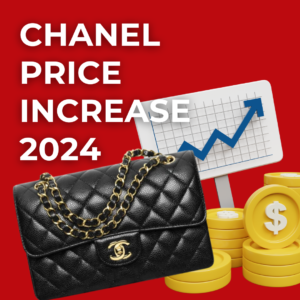
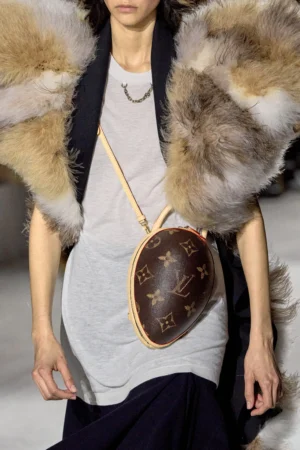
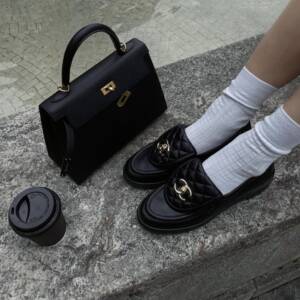



Comments
2 Responses to “Do Logos Still Have Power?”
I think our love of logos moves with fashion… Like you said, logos were huge in the nineties but in the later 00’s when everyone was loving Celine and minimalism they stopped being ‘cool’. Now the 90’s are back in fashion everyone seems to be loving logos! I remember years ago thinking how logo t shirts are tacky and now I absolutely love my Gucci one!
Just how can millennials as only one of the named generations, and one that does not have the spending power of the older gens at that, be continuously deemed as so decisive amongst consumers? Is it solely based on their proclivity to post and repost what they own, wear or just try on/see? on top of that, it’s known fact that up to 20% of those posts are faux boasts….
I just don’t get this supply side tunnel vision.
If anything else, recurring logo popularity is in part fun nostalgia for all older shopping generations, who also have the accrued the wisdom to see the irony & wry humor in it all.
Beyond that, I fully agree with logos working in our fast paced culture as split-second recognition garnering, and also as being visually iconic, including aesthetically, as patterns of ages past, like toiles and chintzes and other stylistic hallmarks in history